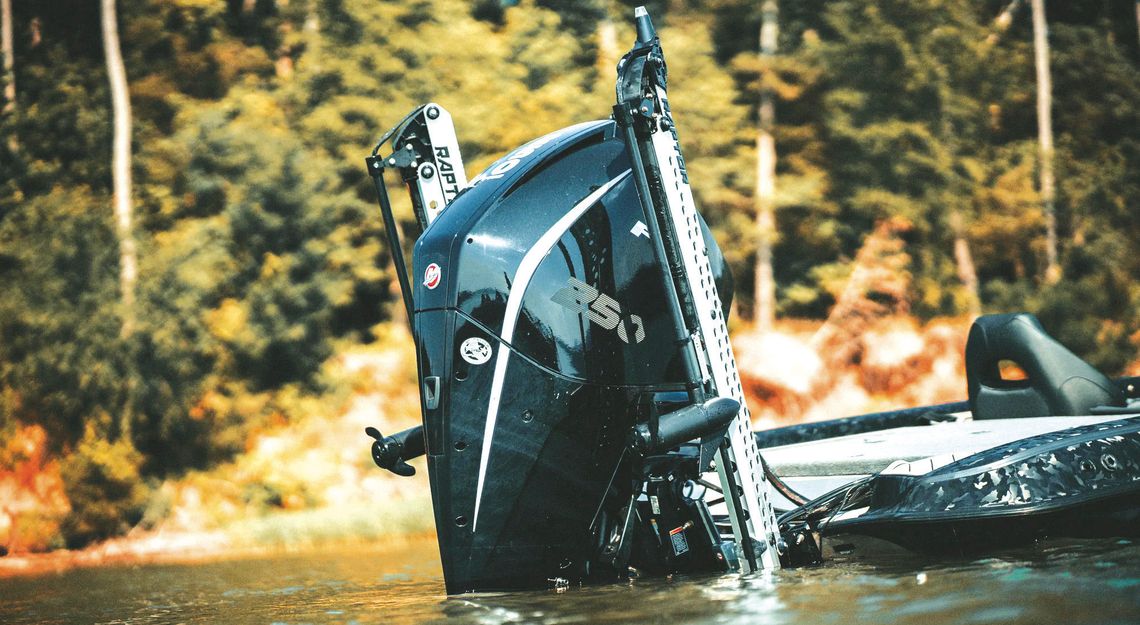Technology seemingly knows no boundaries in the fishing world
Like or not, technology is here to stay. Advancements continue to surface on fronts of all sorts at rapid rates. Just when you think you’ve seen it all, somebody unveils an all-new mousetrap.
So it goes in the fishing world, too. In fact, hightech goodies seem to be way more common in fishing arenas than other popular sports and hobbies.
PLEASE LOG IN FOR PREMIUM CONTENT. Our website requires visitors to log in to view the best local news.
Not yet a subscriber? Subscribe today!




